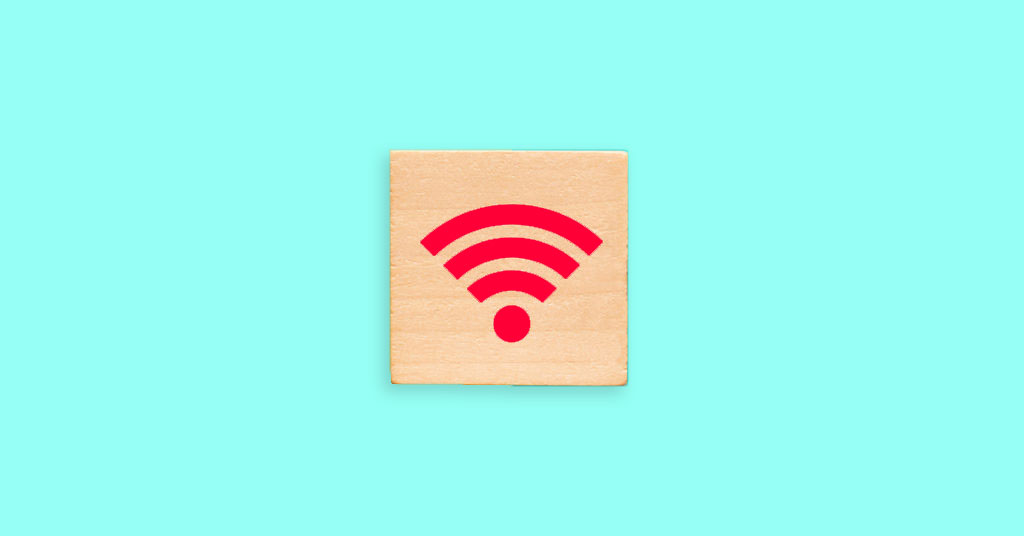
Why You Need 5G + Fiber Together
5G and fiber-optic broadband are the two hottest high-speed internet technologies around. Over the next few years you’re going to hear a lot more about them as they become more widely available across the country. While it might sound like 5G and fiber are in competition, they’re really both complementary ways of getting more people in more places fast, stable internet access.
Here’s what you need to know.
What is fiber-optic broadband service?
Fiber-optic broadband is a super-high-speed fixed-line connection to your home. It’s like a cable connection, except instead of traveling along old copper telephone wires, the data you upload or download travels, using lasers, through clear, flexible glass cables. It’s a significant, future-proof upgrade.
Fiber is the fastest way of transmitting large amounts of data over the internet, and it’s not only for connections to your home. While most internet service providers offer gigabit speeds—even multi-gig speeds—to home users, Google has an undersea cable connecting North America and Asia with a bandwidth of 60 Tbps (60,000,000 Mbps). This is just one example of the speed fiber brings to the internet. There’s a lot of untapped potential with the technology, so we can expect to see faster speeds in the future as they’re needed.
Fiber is a fixed-line connection. It runs through a fiber-optic cable to a box in your home. To get a wireless connection to that fiber, you need to use a Wi-Fi router. As you’ve probably noticed, even the best Wi-Fi routers don’t have a range of more than a few dozen feet. The technology of Wi-Fi routers continues to improve. Still, with some internet services, you’ll find that your smartphone has to rely on a cellular connection—which is where the newer 5G, or existing 4G or 3G, comes in.
What is 5G wireless service?
5G service is the fifth generation of cellular phone service. 1G was cellular voice calls, 2G added SMS (text messaging), 3G allowed for basic internet browsing and 4G—which most people have now—sped things up a lot. 5G will be another huge step forward: It’s designed to have a peak data capacity of 20 Gbps and an average of more than 100 Mbps. That’s up to five times faster than existing 4G connections.
But it’s not just speed. 5G will also have lower latency and much greater capacity than 4G, which means more stable connections for more people and at the same time. If you’re at a ball game with a crowd of thousands, for example, the cell network won’t have any issues.
To connect to the 5G network, you might need to upgrade your smartphone if you haven’t in a few years. For example, only the latest iPhones—the iPhone 12, 12 mini, 12 Pro, and 12 Pro Max—can use it. On the Android platform, the Samsung Galaxy S21 Ultra and the LG V60 ThinQ are two newly launched models that are compatible.
The 5G network actually runs on top of the commercial fiber network. When your phone transmits data to a cell tower (or increasingly, a small cell), that’s the only bit of the connection that’s wireless. The cell tower is hooked up to a big fat fiber cable that connects it to the rest of the internet. At your home, your provider will install a 5G receiver—either inside or outside—to receive the signal and connect your home to service.
Will I need 5G or fiber?
5G and fiber aren’t really competing technologies, they’re complementary. In some cases, a 5G connection is what you want; in others, a fiber connection is clearly superior.
Here are some of the advantages and disadvantages of both options.
Fiber connections:
- Are the fastest way to connect your home to the internet.
- Offer a stable, high-bandwidth connection that lots of people can use at once.
- Are only wireless if you are within range of your Wi-Fi router.
5G connections:
- Are mainly for connecting individual mobile devices like smartphones, tablets and some parts of the Internet of Things (IoT) to the internet.
- Can be incredibly fast, if you’re in an area with the right kind of coverage. 5G network capacity will take a few years to complete, so it won’t yet be superfast everywhere. It will take some time to always notice the difference.
- Are probably subject to a data cap from your cellular provider.
As you can see, if you want the fastest connection available at all times, you’ll probably need both a 5G cell plan for your smartphone and a fiber-optic setup at home for all of your family’s computers, Kindles, games consoles and set-top boxes.
Will 5G replace my home internet?
Today, 5G does not have the speed of a fiber connection, nor the symmetrical upload and download speeds that fiber is known for. And while many ISPs are expanding their fiber networks, 5G tends to be available mostly in larger cities. So it’s not widespread.
On the whole, 5G isn’t really a replacement for an existing fiber line. Fiber is your best bet for connecting your home to internet service, and today 5G will let you take your connectivity on the road.
Not sold on 5G? Make the move to Frontier Fiber
Great speed, symmetrical uploads and downloads, plus enough bandwidth to let everyone in your house stream, work and learn from home and game all at the same time. Get the most from Frontier Fiber. Check here to see when if it’s available at your address.




Join the conversation